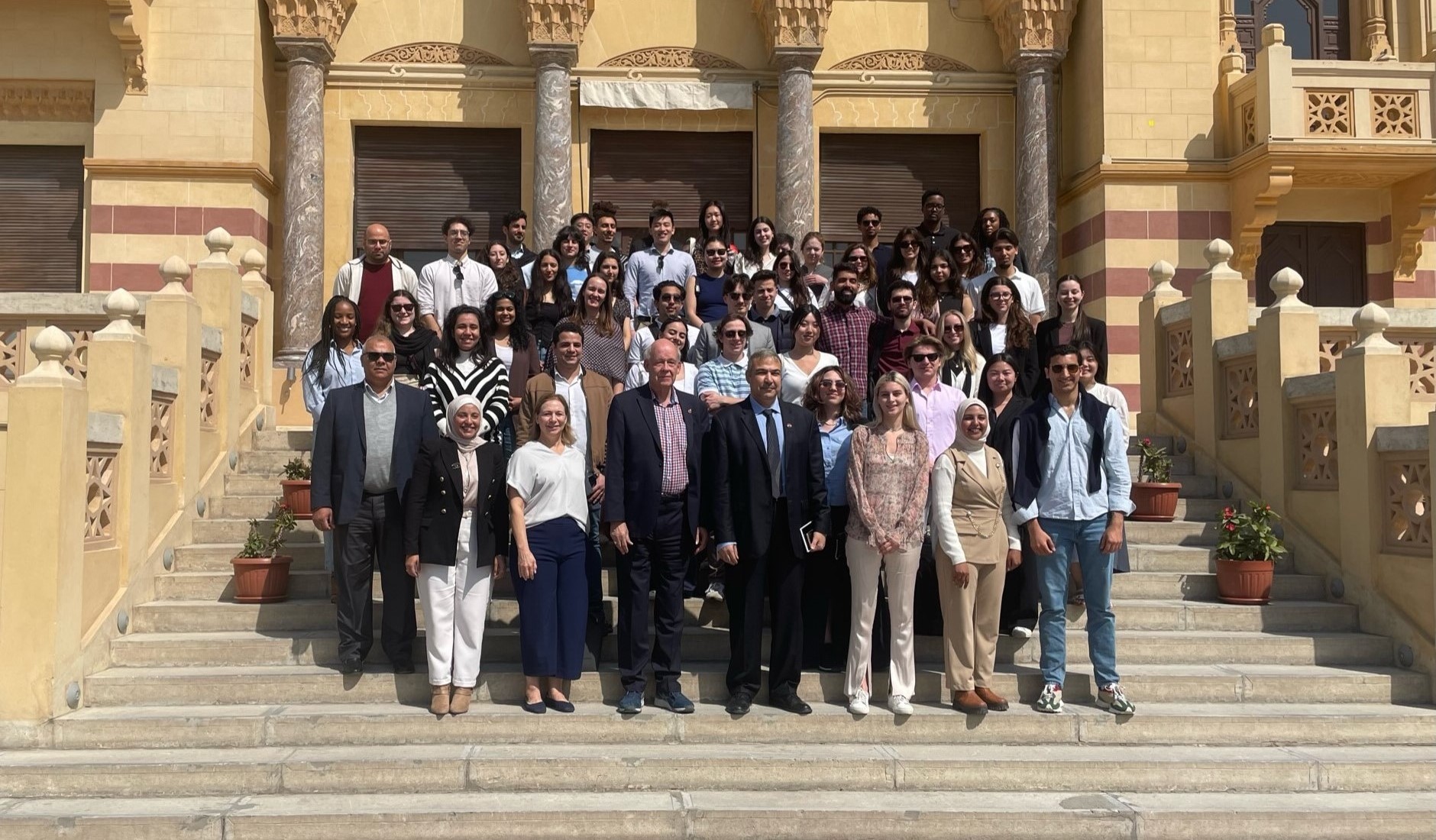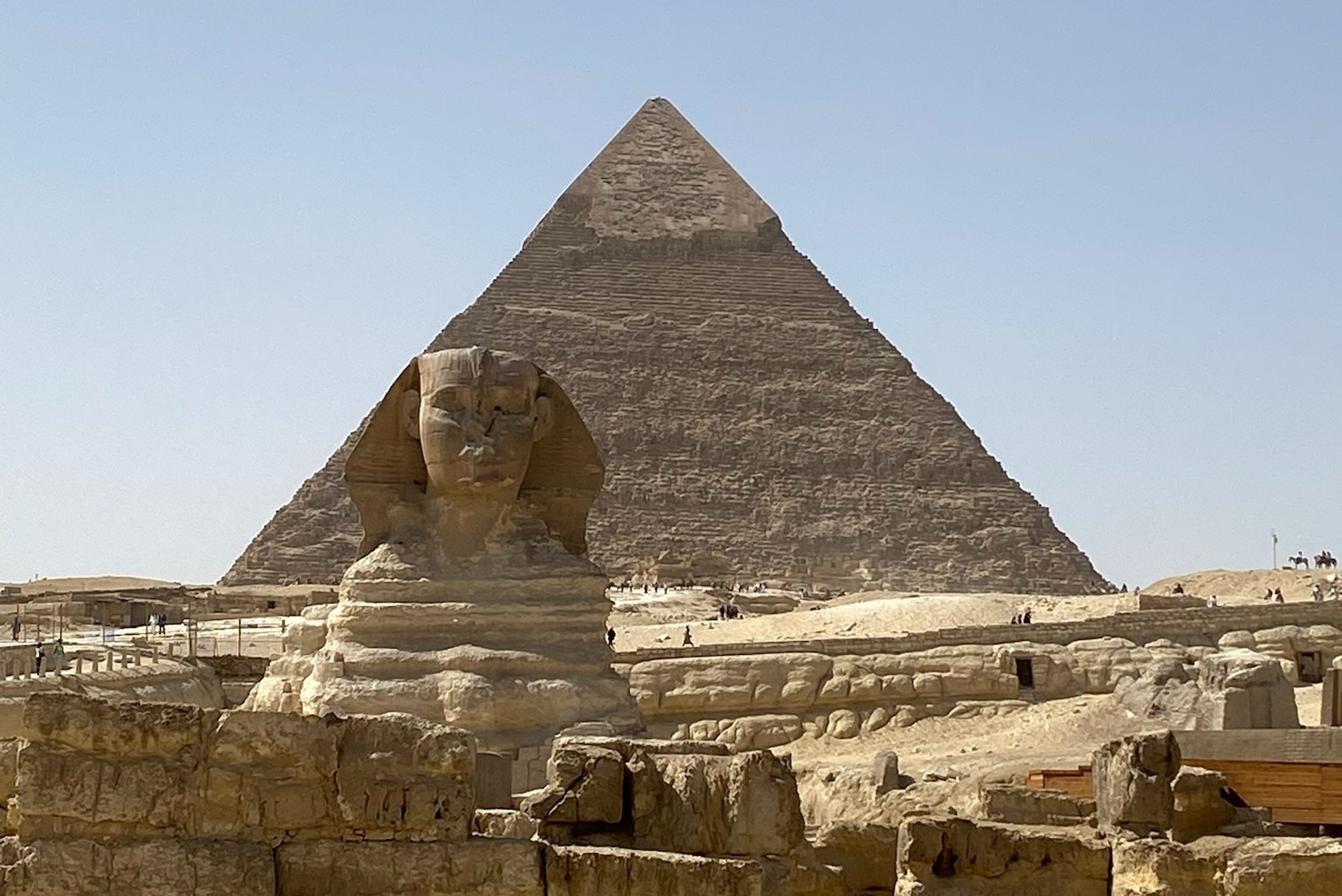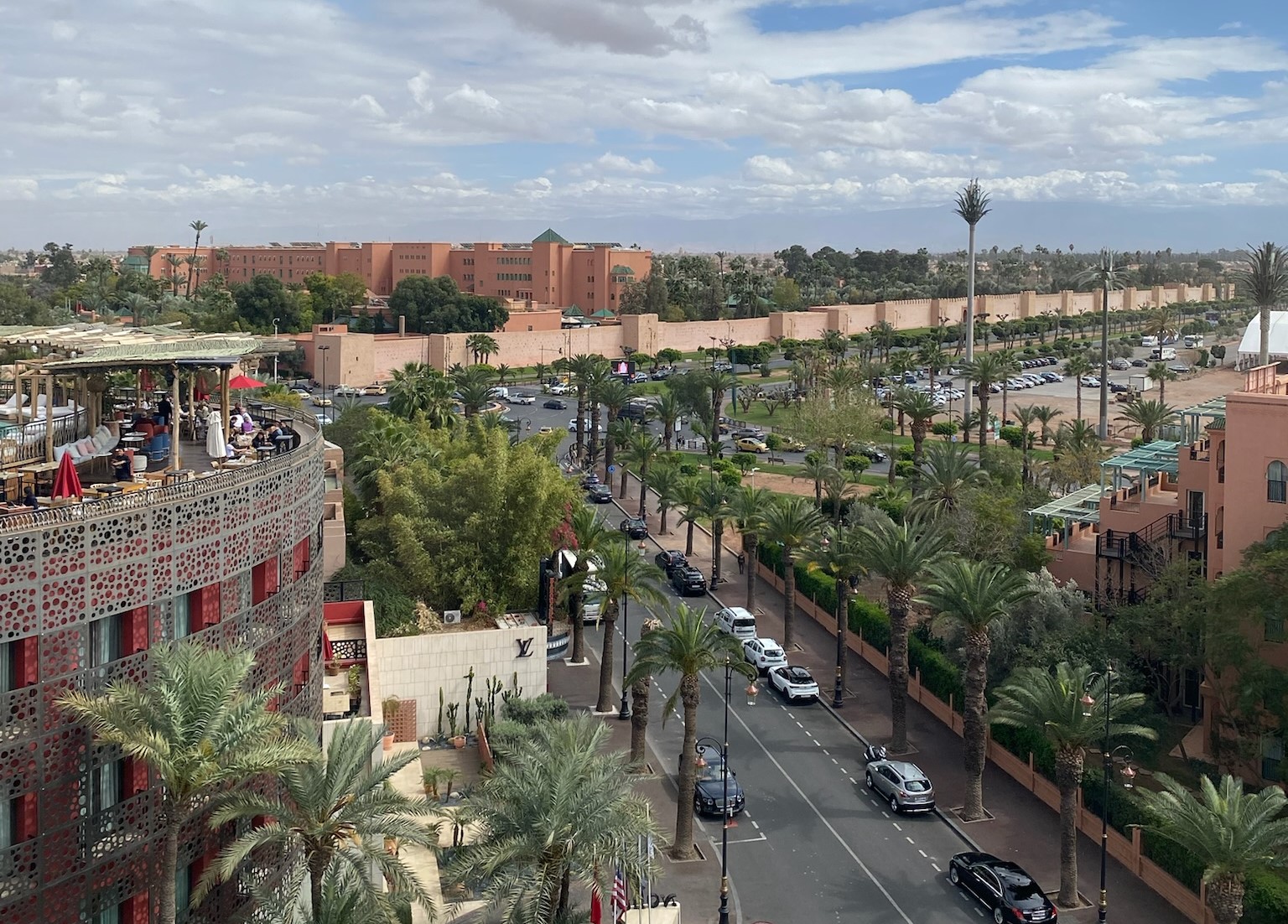
‘Taking the Future to the Future’ is the motto of Prof. Karl Moore’s annual Hot Cities of the World Tour, now in its 13th iteration. The goal of the trip is to introduce McGillians to emerging markets.
Previous tours have highlighted 15 countries across Africa, Asia and South America. This year, the Hot Cities tour visited Egypt and Morocco – two of the largest and most important economies in Africa, and critical gateways to Europe and the Middle East.
Attendees consisted of 48 McGill students, alumni and faculty members. Genevieve Bassellier, vice-dean, programs at the Desautels Faculty of Management, oversees all of Desautels’ annual trips and co-led the Tour.
Egypt
Our first destination was Cairo. Hailed as one of the cradles of civilization, ancient Egypt pioneered advancements in writing, agriculture, urbanization, and governance. Today it’s a regional power in North Africa, the Middle East, and the Muslim world, and a significant middle power globally.
One of the country’s main sources of attraction and economic activities is tourism, thanks to its unique and rich heritage. As soon as we arrived we went straight to see the Pyramids of Giza and the Great Sphinx. The fact that these monuments were built 4,500 years ago are a testament to the advancement of these ancient civilizations.
Dr. Arto Belekdanian, an Oxford-trained Egyptologist and the brother-in-law of a McGill grad, spoke to us with the Great Pyramid as his backdrop. Our group stretched out on pillows, sipping cappuccinos and eating delicious Egyptian delicacies, while he educated us on the sights in front of us. Later we mounted the first steps of the Pyramid and stood in front of the famed Sphinx, reminiscing about the pictures we’d seen as children. These are stories we will share for life!

Later we met with Amr Talaat, Egypt’s minister of information, technology and communications, and his sons, who are both McGill grads. A small group of us, comprised of lawyers and law students, met at the office of global giant White & Case LLP and learned about the business of law in Egypt.
We were also able to visit the sectors and actors investing in the present and future of the country. This included the worldwide renowned incubator Plug and Play, and a tech village comprised of key players in innovation and technology development, including IBM Egypt and the Egyptian Ministry of Communications and Information Technology.
Another highlight was being invited by McGill graduate student Abdel Sherif’s parents to their house, eating a wonderful meal and meeting four entrepreneurs who shared their startup stories. It was Egyptian hospitality at its best!
Morocco
Our journey then continued to the other side of the continent, Morocco. The flight from Cairo to Casablanca was almost as long as the flight from Montreal to Casablanca, demonstrating how massive the African continent is.
Our journey to the Kingdom of Morocco was extremely diverse, encompassing four cities. We kicked off our adventure in Casablanca, the economic capital, where we were honored to meet key players of the country’s business elite. From there we visited the port city of Tangier, where we learned that Morocco is taking advantage of being only a scant 13 kilometers from Europe, as well as with its long relationships with Spain and France – historically a mixed story but today much more positive.

Morocco is a major player in Africa and increasingly sees itself as an Atlantic nation, actively building ties with North and South America. In the capital city of Rabat we learned that Morocco is progressing impressively quickly by strategically choosing which industries it should focus on. These clusters include car manufacturing, aircraft parts manufacturing, a major world-class connecting port in Tangier, and an increasingly important airline, Royal Air Maroc.
After 10 days of serious meetings with industry executives, as well as substantial train rides and bus rides, we ended our trip in Taghazout, a fishing village near the city of Agadir, which has a cluster of resort hotels set up by the government to encourage foreign tourism. One of our key trip organizers, Ismael Sefiane, is from there, and knew firsthand its opportunities for surfing, camel and horseback riding, and exploring. Most took advantage of a day of fun and adventure, while others enjoyed the pool and some hard-earned relaxation. In the spirit of a Hot Cities Tour, several of us also met with the resort’s managing director to better understand Morocco’s tourism business.
Another year of success
After a long trip home we were tired but we had learned much, and we’re already looking forward to the next trip in 2025. Possibilities include Iceland and Greenland, Kenya and Tanzania, or Vietnam and Cambodia.
This year’s student organizer committee included Kenza Addou and Ismael Sefaine, who were responsible for the Moroccan leg of the trip; Victoria Macheroub and Abdelrahman Sherif, who were responsible for the Egyptian leg, and Hawa Mariam Keita, responsible for communications between the committee and the selected participants.

It was an amazing trip !